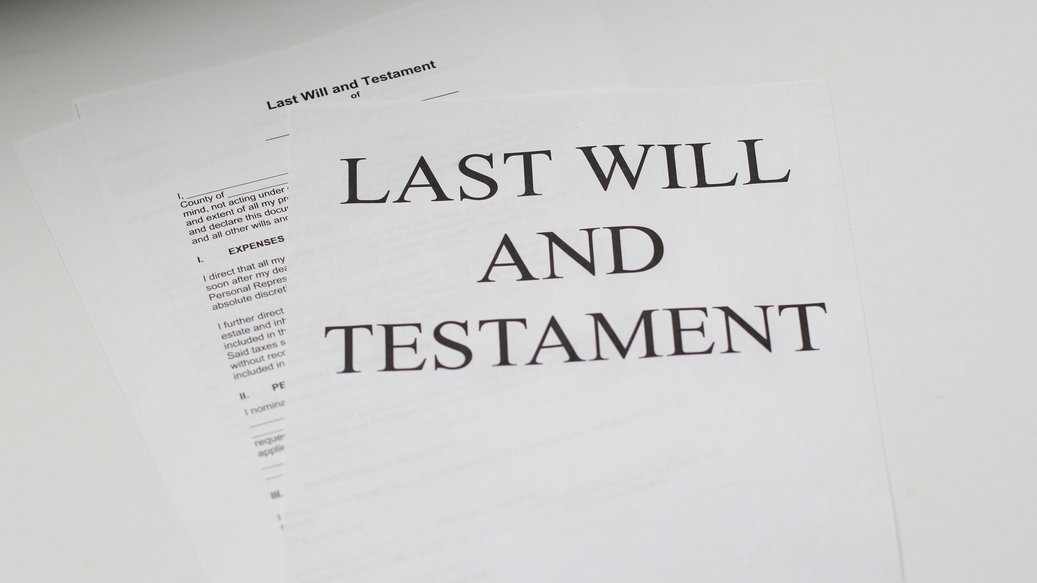We’re experts on wills here at IMC so we’ve spoken frequently about them, from will terminology and common mistakes to whether or not you even need one… Our aim is to provide valuable information that encourages you to begin thinking about putting a will together for yourself. To help further, we’ve created this checklist so that you can check that every aspect of writing your will has been taken care of as you write it.
1: Value your estate
The first thing to do is calculate how much your estate is worth. Draw up a list of your assets including your home, savings, personal belongings, insurance policies and any liquid cash. You’ll also need to lay out all of your debts so remember to include those in the equation too. To obtain an accurate figure, it’s important that the valuation of your assets has been done recently because their worth can fluctuate over time.
2: Choose your beneficiaries
Once you know how much your estate is worth, decide who exactly will benefit from it upon your death. List who you want to receive assets from your estate, but also make it clear if there’s anybody you want to exclude from your will but who would usually be expected to benefit. This avoids complications after you’ve gone (they may dispute this, appeal and they may win). Failure to make exclusions is one of the most common mistakes in wills. You may also wish to leave money to a charity. If that’s the case, ensure you get all of the details about the charity correct, including name, address and registered charity number.
3: Choose your executor
Your executors deal with the actual distribution of your estate. Being an executor is an important role and can be stressful, so make sure that whoever you choose is trustworthy, up to the job and make them aware that you are naming them as executor. Keep an alternative executor listed, just in case your first choice can’t serve for whatever reason.
4: Write your will
If you know how much your estate is worth and who you want to leave items to, it’s time to start putting your will to paper. We’ve looked into the different options you have when writing the document in previous articles (how to write a will for free) but we always advise that you seek professional advice. Any information that’s incorrect or unclear may be disputed. Whichever you choose, it’s important that the document emphasises your wishes succinctly and clearly.
5: Get your witnesses
Once your will is finalised, you need two witnesses to observe you signing it. These witnesses can’t be beneficiaries and must be over 18. Choose people that you trust and aren’t in a position to coerce you to alter the will. A good option is your GP, who can also confirm that you were of sound mind if called on during a dispute (this is one potential grounds upon which wills are disputed and deemed invalid).
6: Sign your will
When everything is correct, you know who will be your executor and have two viable witnesses, all that’s left to do is sign the will. Remember, if you ever make changes to the document, you will have to re-sign in front of two new witnesses again.
7: Store your will safely
Your will needs to be signed so you need to keep the original paper copy. Securely storing your will is just as important as any aspect of its creation as the original document will be required when your estate is processed. It’s absolutely essential that your original will is kept safely and away from any tampering, damage or loss. IMC offers secure storage in our will storage facility contact the IMC team for more information on this.
We have aimed to ensure that this checklist is as comprehensive as possible. Despite this we cannot guarantee that we will cover the necessities of writing a will for every situation, as such we encourage anyone with further questions to contact our wills and estate planning team for in-depth and personal will advice.

